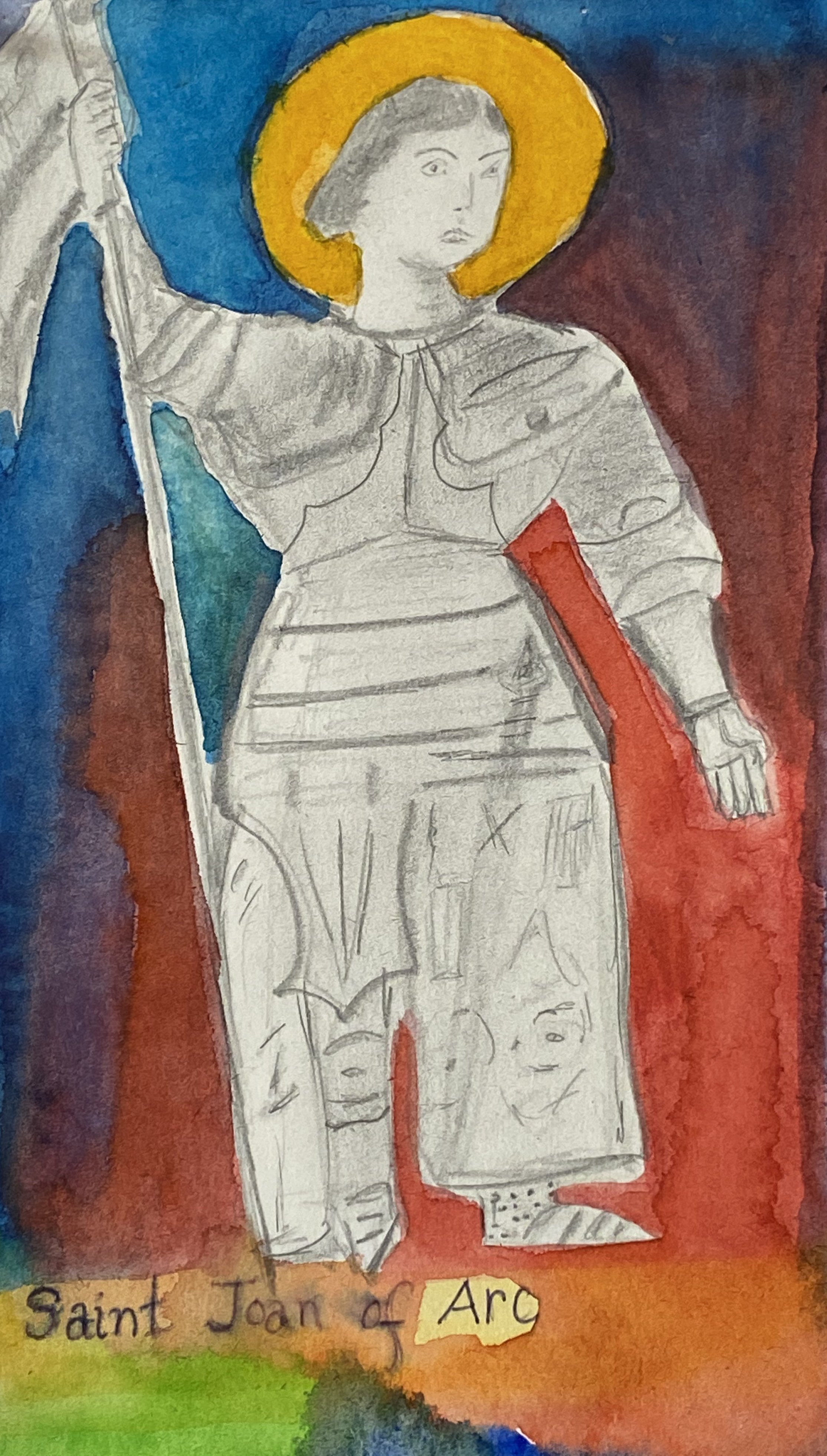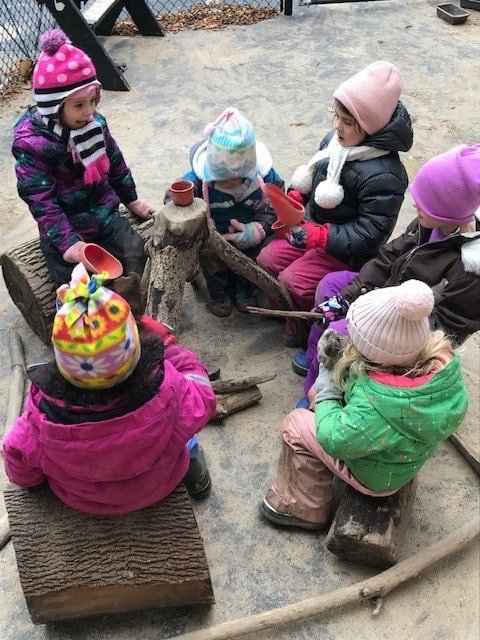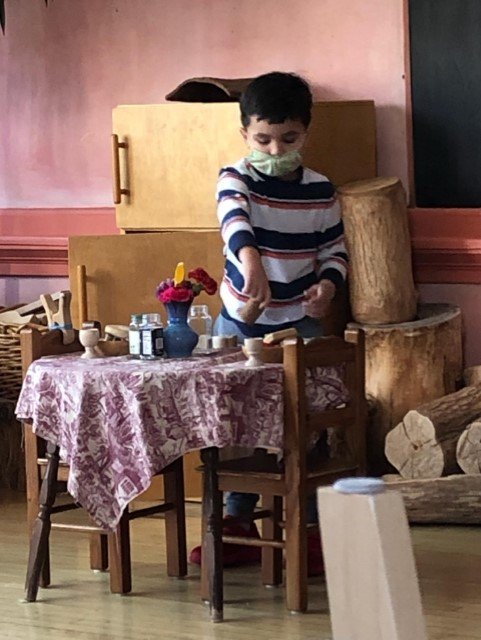The Importance of Fostering the Power of Imagination
Tamarack’s 1st Grade Class during recess
In this article from Scientific American, Peter Sutoris highlights why it is important to have schools, like Tamarack Waldorf, whose education model focuses on helping children strengthen their imagination and develop their creativity.
Sutoris states that one of the main challenges of the current educational system is “our educational system is designed to generate productive workers, not creative thinkers and doers”
Waldorf education was birthed out of the same struggles described in the Peter Sutoris’ article above. Our society has valued productivity over imagination and there have been and will be some very big consequences (social, economic, and environmental) as a result.
“To get through this crisis, we need to cultivate our imagination, not undermine it.”
Rudolf Steiner, the founder of Waldorf education, was deeply troubled by the education system in Europe at the turn of the century and was asked to create an alternative. Even then he saw that the children’s imaginations and wonderings weren’t being encouraged, and their social and emotional needs were not being met. Steiner encouraged teachers to look at the children in front of them and find creative ways to not only develop the academic skills of math and science but give them a deep understanding and historical concept for how the those methods that we use today came about. Equally important to those academic skills, the artistic components were intertwined into those foundational concepts. Additionally, the teachers find ways to foster the human connections with all they learn so that there is a reason for us to strive to create a community that thrives on working together to solve problems both big and small.
Grade 1 artistically representing the quality of the numbers.
“Compared to STEM, social sciences and humanities are often underfunded and seen as inferior by policy makers and the public alike. But this approach is counterproductive because non-STEM subjects are crucial to fostering our ability to reimagine the world.”
Waldorf education infuses art into the curriculum and teaches those STEM subjects with and through artistic skills.
Grade 5 - Botany block
Grade 7 - Human Physiology
Grade 8 -Plutonic Solids created by folding paper
Sutoris writes about how “children are naturally imaginative and question the premises of society”. Foundationally, many Waldorf educators are drawn to this innate inquisitiveness and it is one of the many reasons they choose to work and support the Waldorf model and encourage that questioning and wondering of solutions.
The Early Childhood educators observe the children in their play and help them to find ways to come to understanding when problems arise and emotions are high, that work that they do in the Early Childhood classes allows the grade students to have the capacity to rise to the challenges and solve problems they encounter.
“Cultivating imagination means learning from history’s disrupters who made the allegedly impossible palatable. It means moving away from our standardized curricula, quantifiable metrics and authoritarian pedagogies. Instead of dismissing “childish” ideas about the world’s future, it means seeing inspiration in children’s imaginations.”
Throughout the Waldorf curriculum, students hear stories of those disrupters, from the early grade units on courageous and heroic people and legends through the end of middle school during the blocks featuring rebellions and revolutions. Stories of how people changed challenges into solutions and more importantly worked to hopefully make situations better for those who were marginalized. These lessons are foundational to understanding the human experience.
Grade 2 -Courageous and Kind People
Grade 7 Joan of Arc
Grade 7 - French Revolution
Waldorf education champions a methodology that slows down the focus on academic achievement and gives space for creativity, imagination and social connection.
As Sutoris hopefully states at the end of his article,
“The environmental crisis is not a crisis of technology or science, it is a crisis of imagination. If we let children be our guides, we might just be able to imagine our way to survival.”
If you’d like to learn more about Waldorf education or schedule a tour, click the button below.












